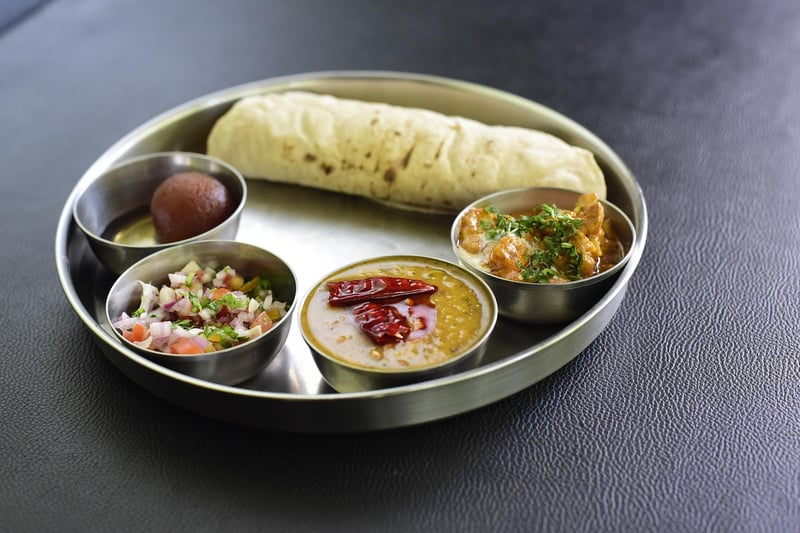Dining Etiquette
Explore the World Through Food + Dining Etiquette
Food is not just about nourishment; it is a gateway to understanding different cultures, traditions, and ways of life. Exploring the world through food allows us to connect with people from diverse backgrounds and broaden our culinary horizons. In addition to savoring delicious dishes, it is essential to be mindful of dining etiquette to show respect for the customs and traditions of the places we visit. Let's embark on a journey of culinary exploration and dining etiquette around the world!
Italian Cuisine
Italy is known for its rich culinary heritage, including pasta, pizza, and gelato. When dining in Italy, remember to never ask for parmesan cheese to sprinkle on seafood pasta, as it is considered a faux pas. Also, Italians typically drink cappuccino only in the morning, so ordering it after a meal may raise some eyebrows.

Japanese Cuisine
Japanese cuisine is celebrated for its sushi, ramen, and tempura. When dining in Japan, it is customary to say "itadakimasu" before eating, which is a way of expressing gratitude for the meal. Slurping noodles is not only acceptable but a sign that you are enjoying the dish.

Indian Cuisine
India offers a diverse array of flavors and spices in dishes like curry, biryani, and dosa. When dining in India, it is common to eat with your right hand, as the left hand is considered unclean. Also, it is polite to leave a little food on your plate to indicate that you are full.

French Cuisine
France is renowned for its pastries, cheeses, and wines. When dining in France, it is customary to keep your hands on the table at all times and not in your lap. Additionally, tipping is included in the bill, so leaving extra money on the table is not required.

Dining Etiquette Tips
- Always wait for everyone to be served before starting to eat.
- Observe and follow the local customs regarding utensils and eating habits.
- Respect cultural norms around food sharing and communal dining.
- Thank your hosts or servers for the meal to show appreciation.
- Be open to trying new foods and flavors as a sign of respect for the local cuisine.
By embracing the culinary traditions of different countries and practicing proper dining etiquette, we can forge connections with people worldwide and gain a deeper appreciation for the diversity of our global food landscape. So, grab a fork (or chopsticks) and let's embark on a delicious journey of discovery!
